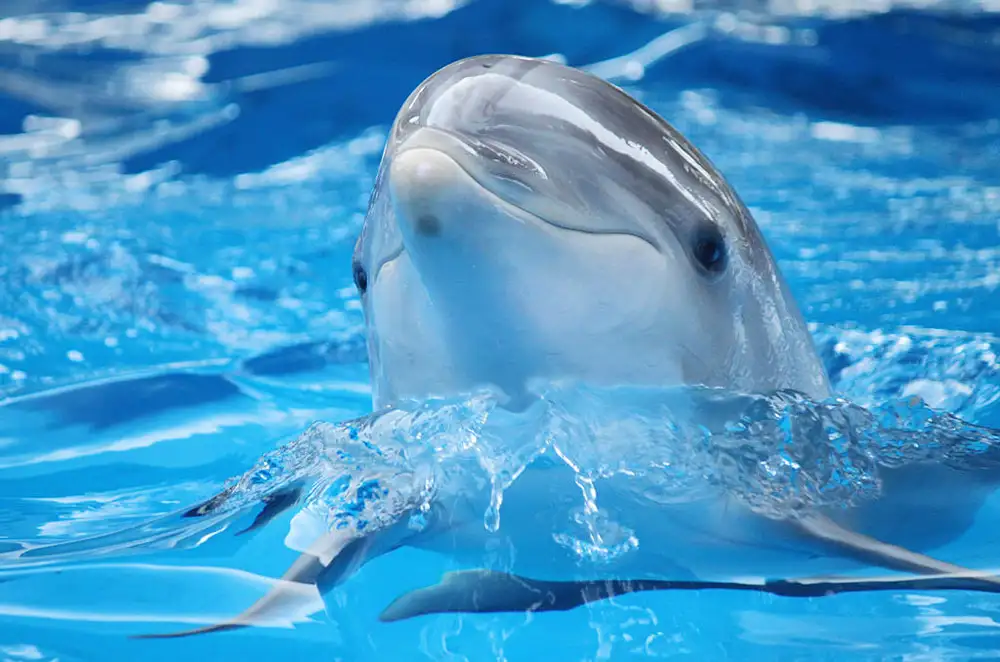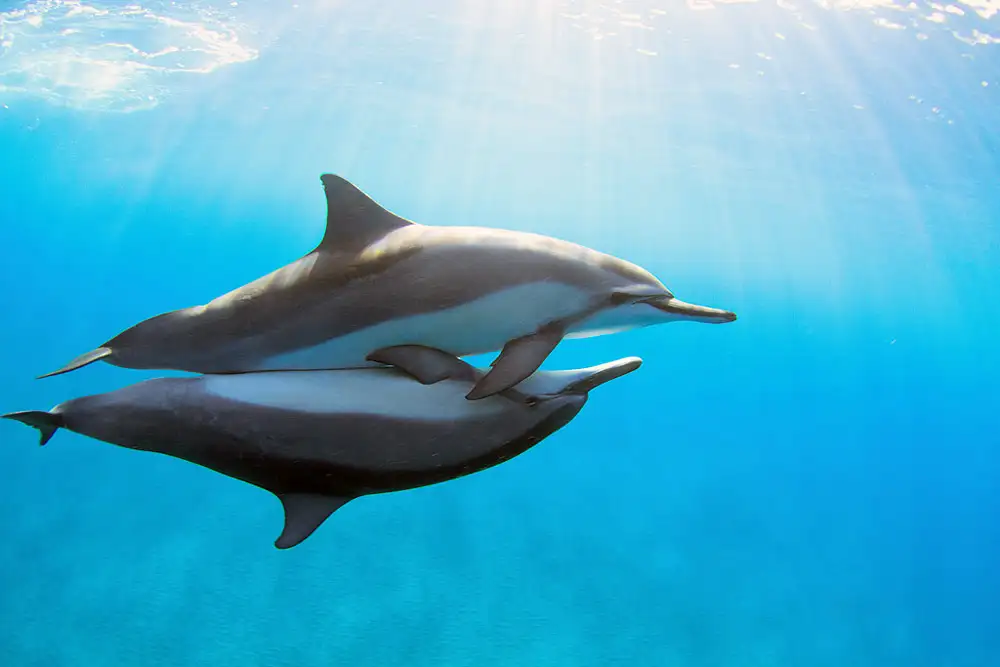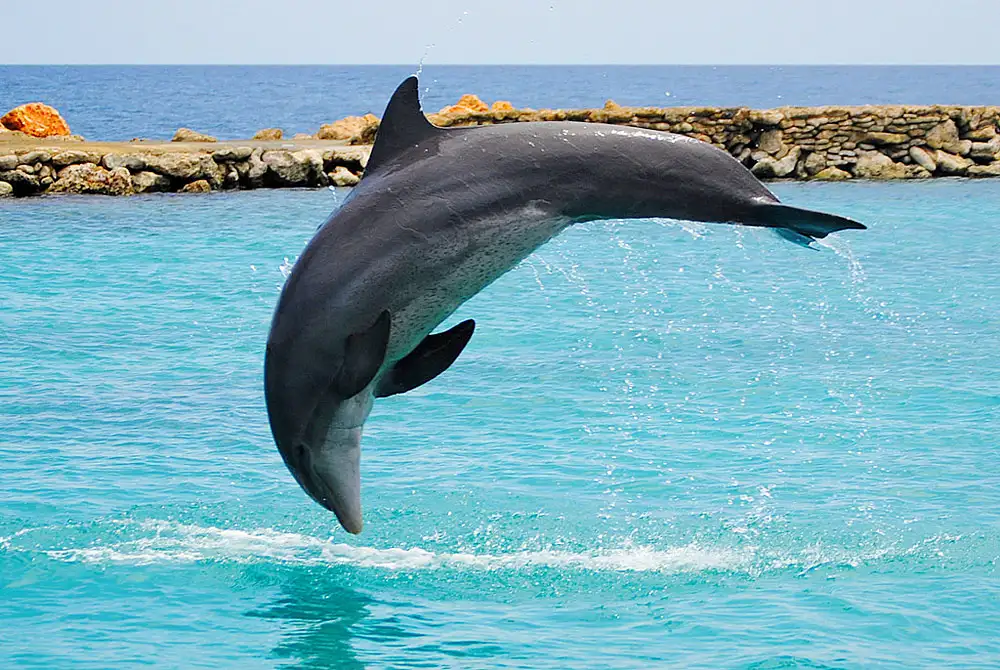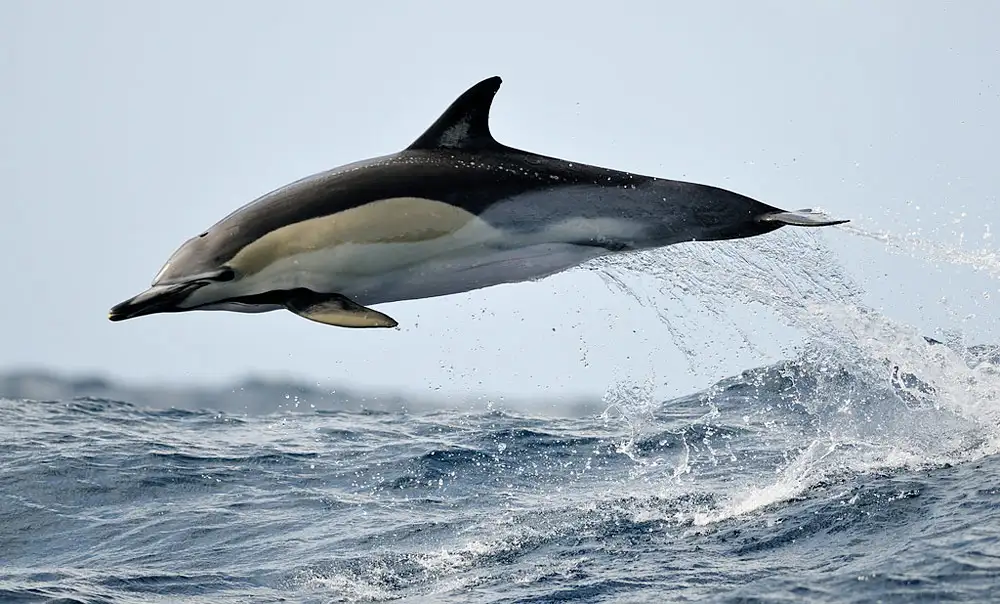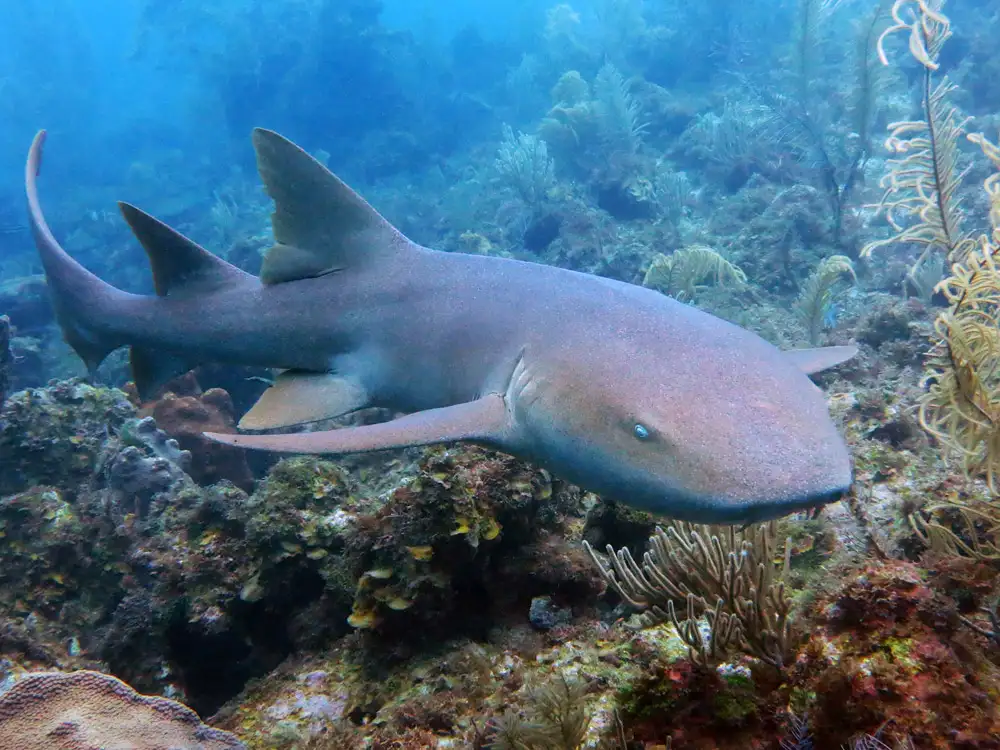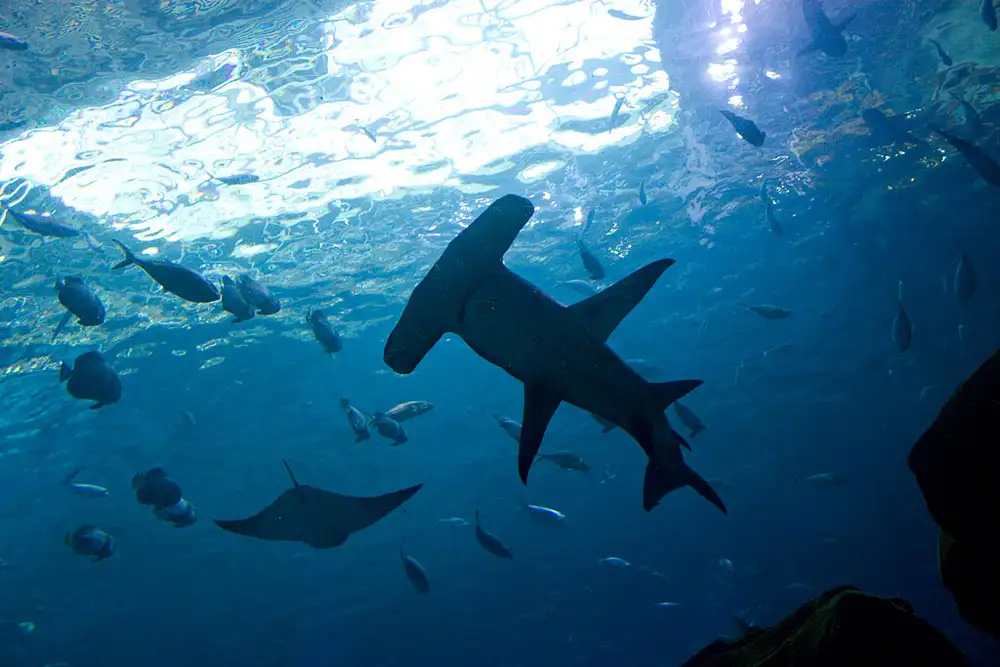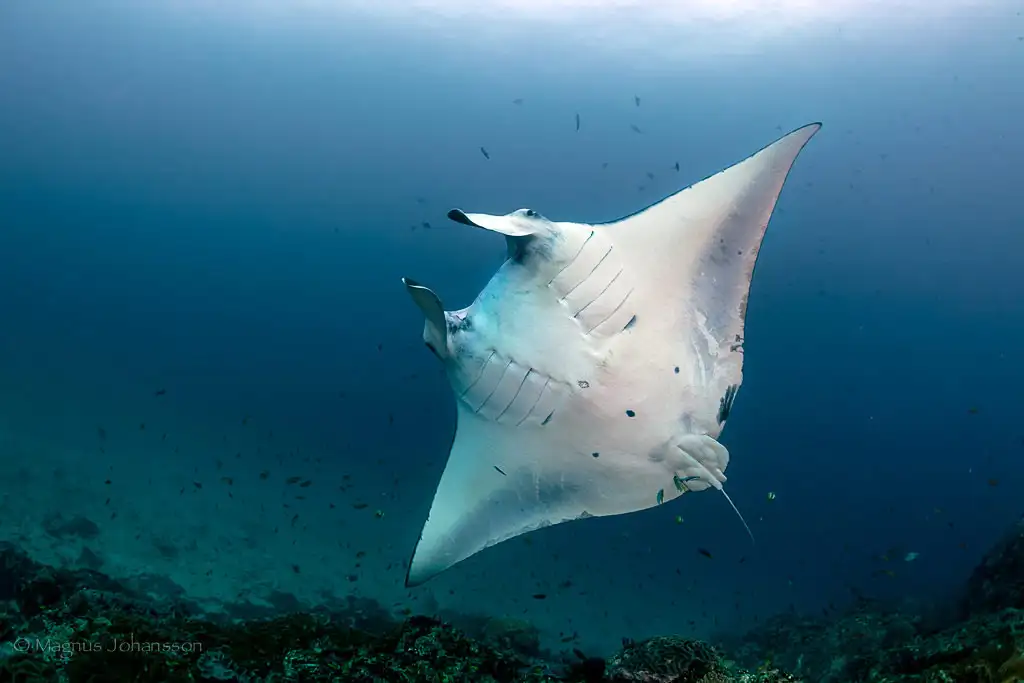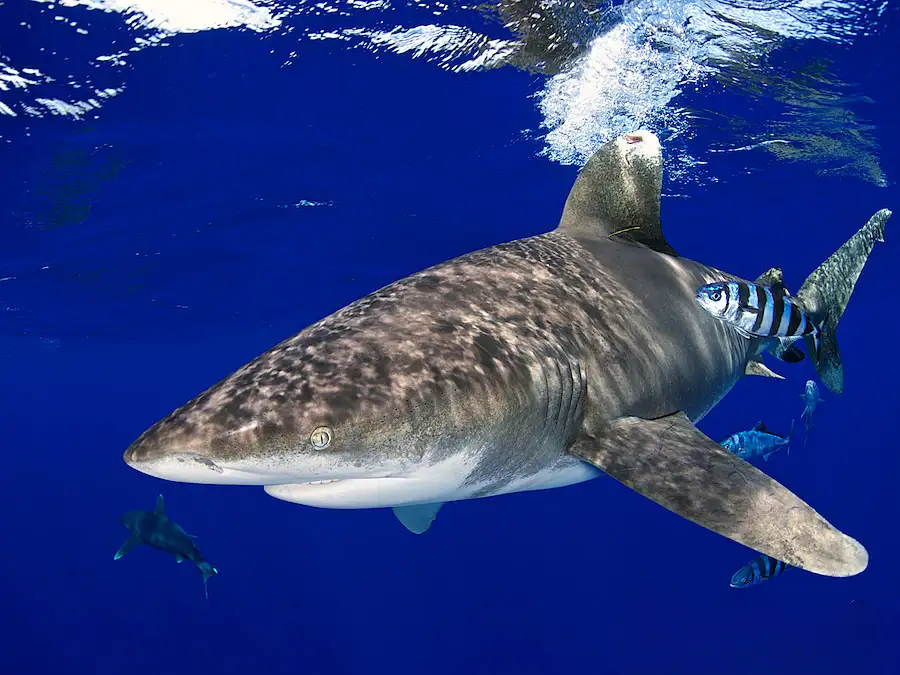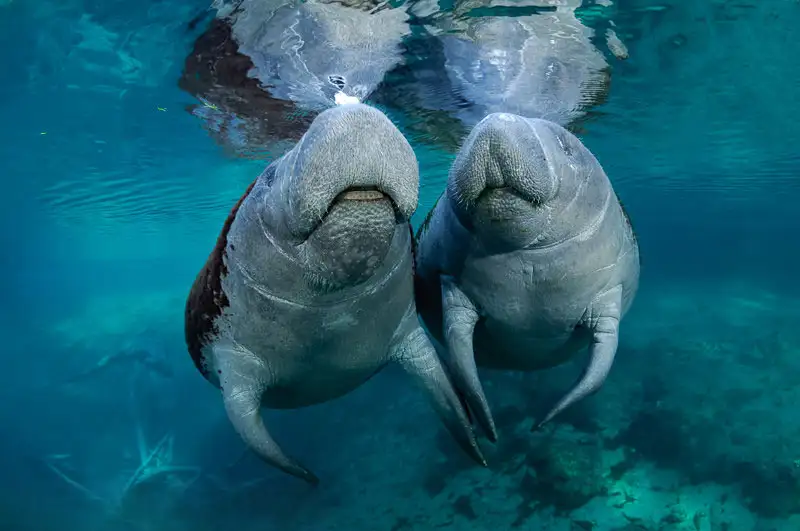Dolphins
IUCN
Not evaluatedBasic Information
Scientific classification
- name:Dolphins
- Scientific Name:Delphinidae (family)
- Outline:Large Fish
- Family:Delphinidae Tursiops
Vital signs
- length:~1.2–9.0 m (species‑dependent)
- Weight:~40 kg to >6,000 kg
- lifetime:Small 20–40 yrs; large 60–90+ yrs
Feature
Highly social echolocators; cooperative foragers; broad ecological niches from coasts to high seas.
Distribution and Habitat
Global oceans from estuaries/shelves to pelagic and deep‑ocean systems; fronts/upwellings/eddies common associations.
Appearance
Streamlined with dorsal fin and variable rostrum; many conical teeth; single blowhole.
Details
Delphinidae (the oceanic dolphins) is the largest and most widespread family of toothed whales, including true dolphins, killer whales (orcas), false killer whales, spinner dolphins, bottlenose dolphins and many others (~30+ genera, ~90+ species). They are noted for advanced sociality, echolocation and complex behaviours, occupying key predatory niches from coasts to the high seas.
Ecology & Behaviour
Diet: mainly fishes and cephalopods; large species (e.g., orcas) also take marine mammals and seabirds.
Society: group sizes from small pods to megagroups; matrilines/mixed kin networks; cooperative hunting, cultural transmission and dialects.
Echolocation: a focused biosonar produced by the melon; diverse call repertoires across taxa.
Movements: seasonal migrations in some populations; coexistence of resident/offshore/coastal ecotypes.
Identification (family‑level)
Body lengths span ~1.2–9 m (orcas largest). Streamlined bodies with a distinct dorsal fin and a variable rostrum (short in orcas); numerous conical teeth; single blowhole; blubber and muscle specializations for sustained, high‑speed swimming.
Size & Longevity (family range)
Length: ~1.2–9.0 m.
Mass: ~40 kg to >6,000 kg (orcas).
Life: small dolphins 20–40 yrs; large taxa (e.g., orcas) 60–90+ yrs.
Range & Habitat
Nearly global oceans except some enclosed polar seas; from coastal shelves/estuaries to pelagic and deep‑ocean habitats. Coastal taxa track estuaries/upwelling/fronts; offshore taxa associate with warm pools, eddies and frontal systems.
Threats & Conservation
Bycatch/entanglement in gillnets/longlines/purse seines; acoustic pingers, weak links and handling protocols reduce mortality.
Noise & vessels: shipping, military sonar and seismic surveys disrupt communication/foraging; vessel strikes occur.
Pollution & food‑web change: POPs, plastics/microplastics and climate‑driven shifts in prey fields.
Poorly managed tourism: close approaches, feeding and crowding alter behaviour and energy budgets.
IUCN: This is a family overview—Not evaluated as a whole; categories vary widely by species/population (LC–CR). Priorities include gear modification/avoidance, noise management, vessel speed/routing, spatio‑temporal protection of key habitats and corridors, and long‑term photo‑ID/acoustic monitoring with citizen‑science inputs.
FAQ
Q1. Dolphins vs. “whales”? Taxonomically all are cetaceans; many “whales” (e.g., orca) are actually delphinids.
Q2. Do all species leap/bow‑ride? Many do; behaviours relate to sociality, energetics and predator avoidance.
Q3. Are wild dolphins friendly? Wild interactions should avoid touching/feeding; keep distances and low speeds.
Q4. How to tell species apart? Combine size, dorsal‑fin shape, flank patterns/patches, rostrum length and acoustics; photo‑ID is common in bottlenose dolphins and orcas.

